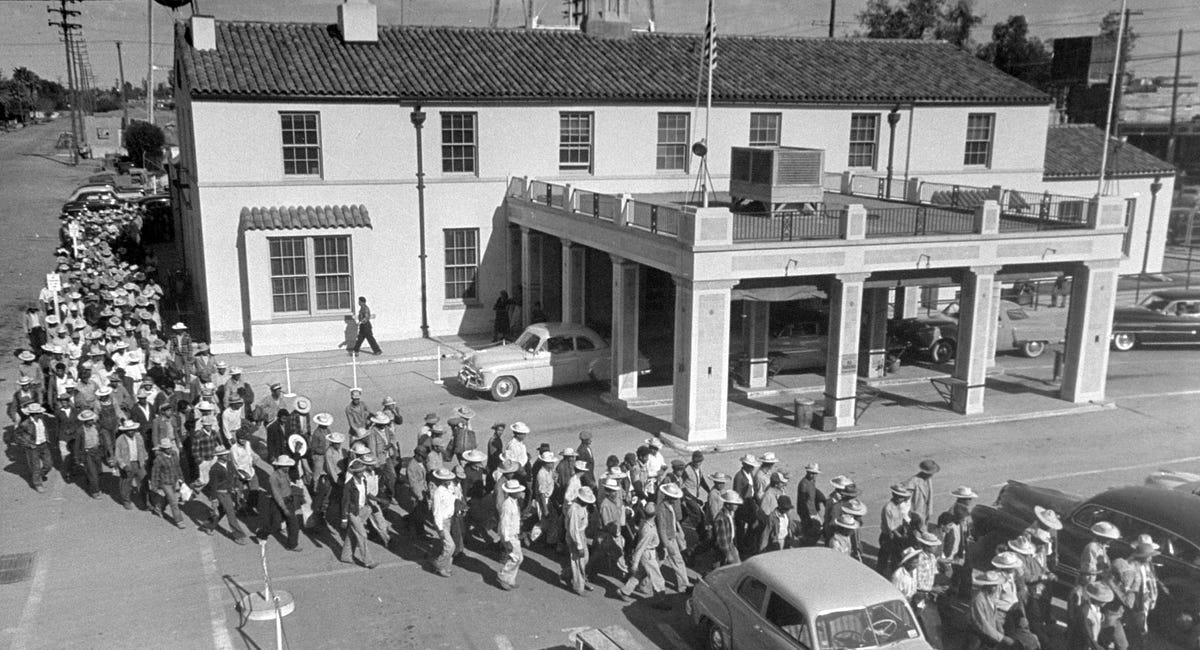
Demographic change is radically transforming one of America’s most culturally unique states at a time when its residents are developing a much stronger local identity. Some 27% of Texans, including 27% of White Texans (Heritage Texans), consider themselves to be Texan first before any other identity. Among male Texans 32% consider themselves Texan first and among the youth of Texas, those aged 18 to 29, some 40% consider themselves Texan first.
The unique identity of Texas, created by pioneering Europeans in the fires of war and revolution against Mexico, is being buried in a rapid process of demographic change which is also suppressing the political interests of Historic Americans in the state. 60% of White Texans identify as Conservatives, while 65% of Whites voted for Trump in both the 2016 and 2020 elections. In contrast some 90% of Blacks in Texas 63% of Asians in Texas and 60% of Hispanic in Texas voted for current President Joseph Biden in the 2020 election. 76% of Blacks in Texas identify with the Democratic party, while 57% of Latinos voted blue in key 2022 midterm races and 44% identify as on the left of the political spectrum. Some 31% claim they favor neither side while only 25% of Latinos in Texas identify as Conservatives.
This great mass of politically discordant minorities has been imported by the post-1965 immigration policies of successive Democrat and Republican administrations in Washington. In 1940 the Texan population was 74.1% non-Hispanic White, a share which it had held for the majority of the state’s existence. By 1970, five years after the Hart-Celler Immigration Act of 1965 had been passed, the White population of Texas was still 71%. By the 1990 census White Texans had fallen to 60.6% of their own state’s population and as of the 2020 census White Texans comprise just 39.7% of the Texan population.
Hispanics in Texas have seen a population explosion. From their historic minority status at roughly 11.5% of the state’s population in 1940, they had increased to 16.4% by 1970 and 25.5% of the state’s population by 1990. As of 2020 Hispanics in Texas comprise 39.3% of the state’s population. Blacks in Texas retain their historic average at about 12% of the state’s population, while between 1970 and 2020 the Asian population of Texas has increased from 0.2% to 5.4%, a remarkable increase.
If it were not for mass immigration, both legal and illegal, Texas today would have a population which was 70% White, 20% Black and 11% Hispanic. The state’s population would be around 17 million, instead of the current 30.5 million people. Texas would look familiar to the generations of Texans who built the state, and historic Texans today have a duty to fight to restore Texas to a demographic and cultural state which their ancestors would recognize and descendants will thank them for.
Despite all of these numbers, Historic Texans still compose 59% of their state’s electorate, for now, and this gives them an opportunity to act. With the slow rate of growth in Latino voter engagement Texans have at least 15 years to organize along explicitly racial lines and take their fight to both Austin and Washington.
The foreign-born populace is the natural place to start in any attempt to repatriate recent immigrants and their descendants from Texas. 58.3% of immigrants in the state do not have US citizenship, and are therefore easily removed. Cancelling the visas, enforcing immigration law, and revoking green cards of these non-citizens would enable the removal of some three million people, 84% of whom would be Hispanic and Asian. 1.6 million of these individuals would also be illegal aliens in the state (there are many more illegal aliens in Texas as we have written about here or here, but we are using official statistics for this piece).
On the tail of these adult immigrant departures would be the departure of their children. We take a strong stance against family separation and maintains that immigrants who leave the United States must take their under age children with them. This policy would see up to 2.4 million additional people depart Texas.
Simply enforcing immigration law, and refusing to renew visas or green cards would see up to 5.2 million people depart Texas and would increase the White Texan population from 39.7% to 47% of the state’s overall population. All without stripping a single person of their American citizenship.
With illegal aliens, resident aliens and non-US citizens out of the way this brings us to the very large minority population in the state which is in possession of a US passport. The most efficient method to deal with this population is through mandatory review of their citizenship and immigration paperwork, specifically in the realm of family reunification.
70% of immigrants in the United States are admitted on the basis of family ties, not for work or school. This means that a large portion of people who have acquired US citizenship are likely to have done so fraudulently. The proof for this is best demonstrated by a 2008 incident wherein the US State Department discovered, through DNA testing, that over 80% of individuals admitted into the US as a family member of a “refugee” were not related to that individual. The US government has since mandated DNA testing for refugees who request their family members come to the US, but this DNA testing mandate has not been put in place for any other category of family reunification.
By simply requiring proof that immigrants are related through marriage and birth certificates, and yes DNA testing, it is likely that more than half of naturalized US citizens in Texas, and the nation as a whole, could have their citizenship revoked on the grounds of fraud. Citizenship can also be revoked on the grounds of felonies committed before a person becomes naturalized.
This process could, assuming generously low fraud rate of just 65% (and in all likelihood the fraud rate is closer to the aforementioned 80%), result in 1.4 million naturalized immigrants in the state of Texas losing their US citizenship and being removed from the state and the nation. This brings the repatriation total up to some 6.6 million people. This combination of policies would restore the Historic Texan population to majority status (just barely) and only when using official statistics.
The state of Texas, were it to be controlled by nationalists and dedicated anti-immigration activists, could undertake many of these actions itself. The state could pass mandatory e-verify laws to deal with the illegal alien population, and there is no rule or law which prevents state agencies from investigating suspected immigration fraud and bringing the cases before Federal courts to begin the de-naturalization process.
To deal with legal aliens who hold visas or green cards the state can pass laws like those passed by Louisiana and Florida which ban or limit foreigners from buying, renting or leasing property within the state, generally within a certain radius of critical infrastructure. Texas could and should pass similar laws which make it unworkable for legal immigrants to establish themselves in the state.
Local governments in Texas can utilize the state’s existing laws to their advantage as well. Texas is one of the few remaining states which does not tolerate marijuana use in its legal code, yet local governments have been depenalizing marijuana use for years now. A majority of those who engage in public marijuana smoking in the state are minorities and localities in Texas should enforce anti-drug laws as much as they can to make their jurisdictions as unappealing as possible to these populations.
These are just some of the steps that Texans could take were they to organize politically for their own benefit and to secure their home state.
To reduce recent immigrant demographics even further, and to ensure a perpetual American majority in the United States, a nationwide political movement to engage in a Great Repatriation is needed:








Great article! Great research as always.
This is really good stuff.